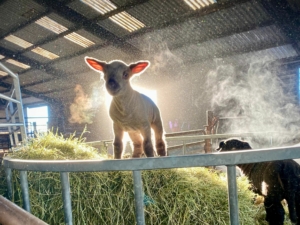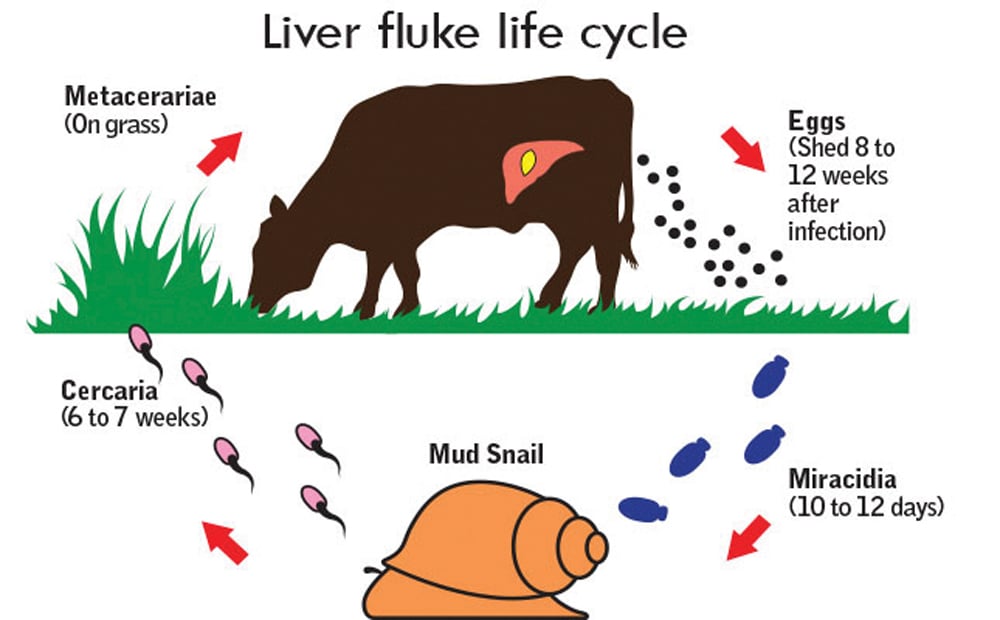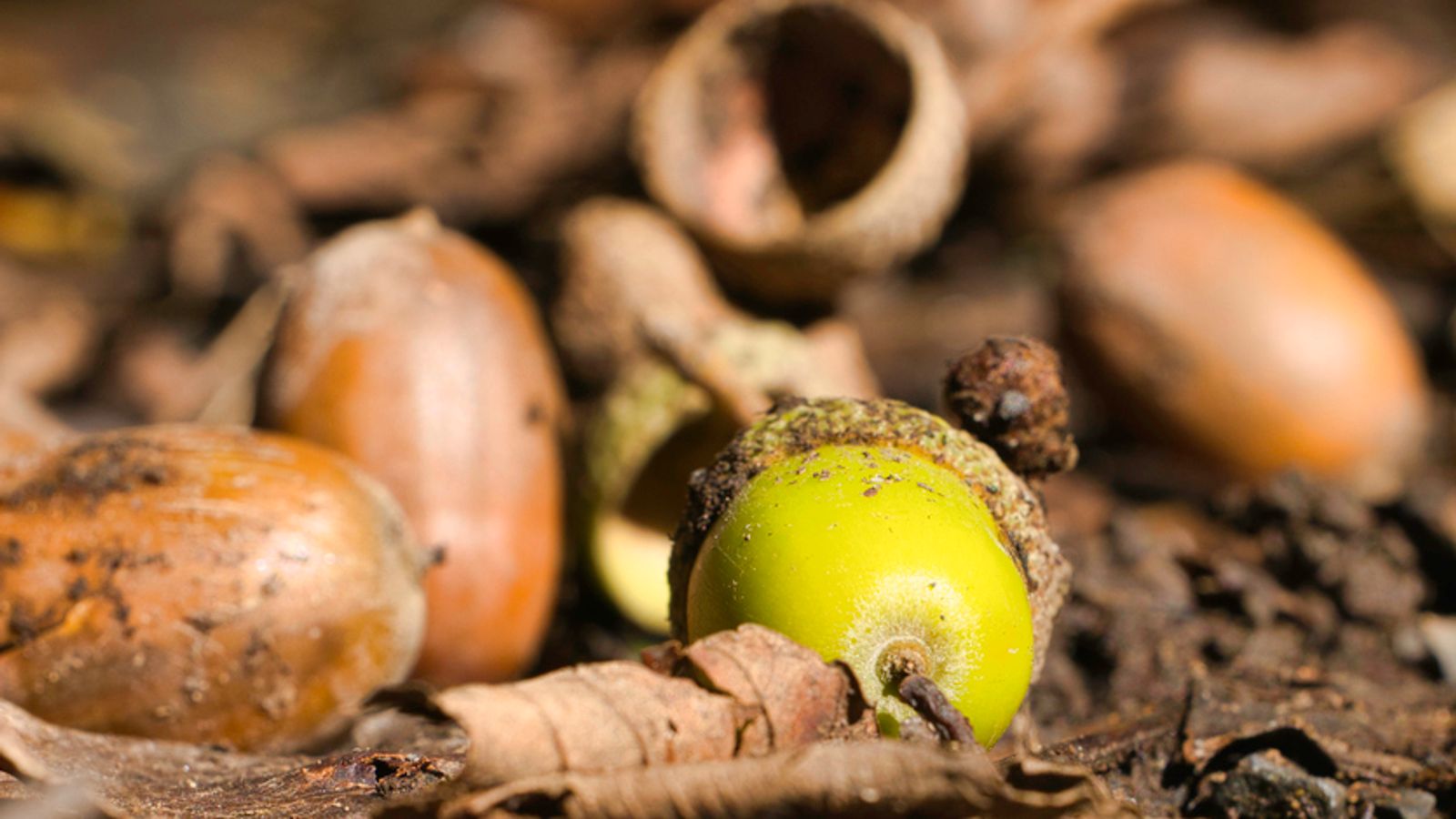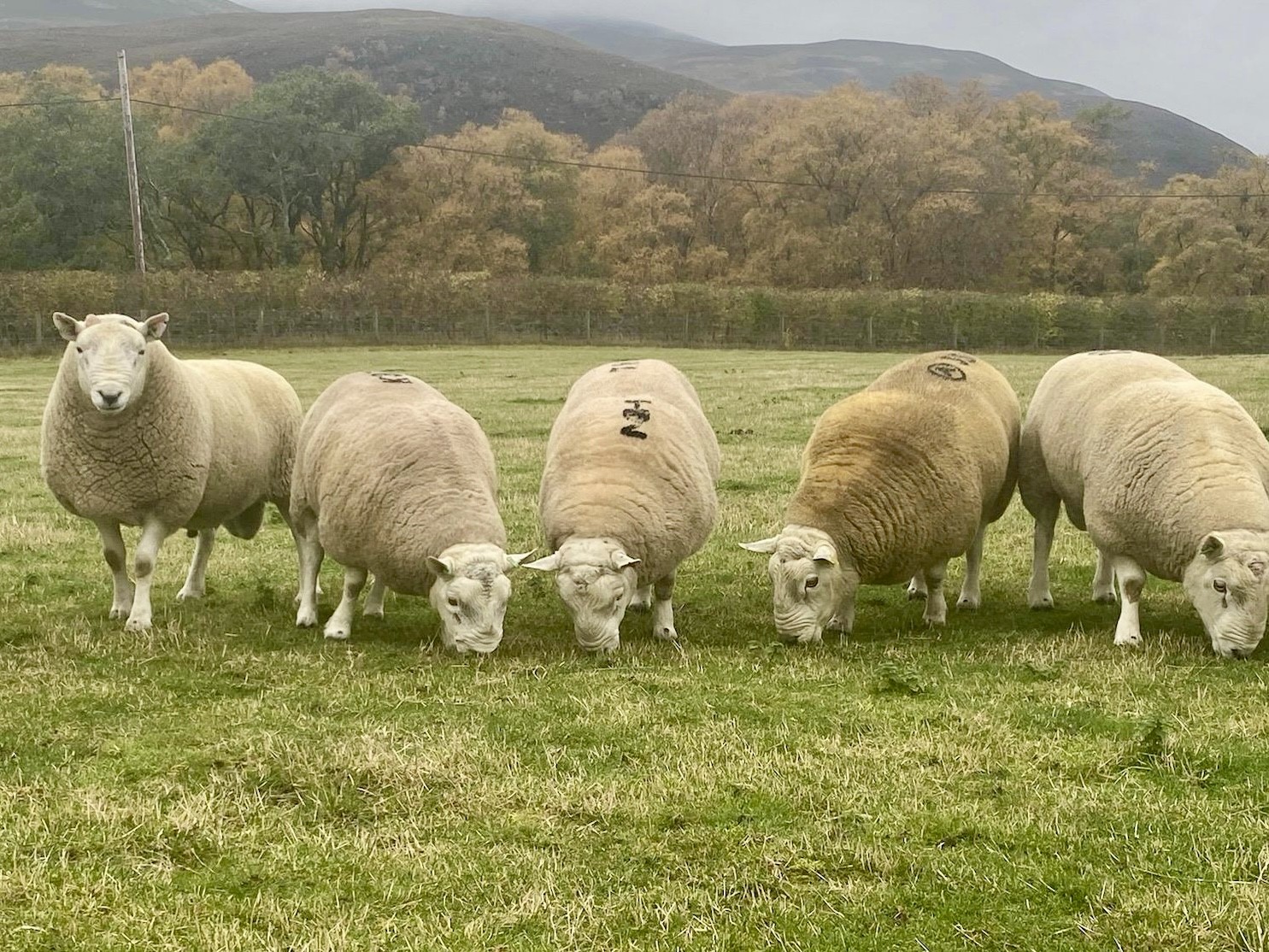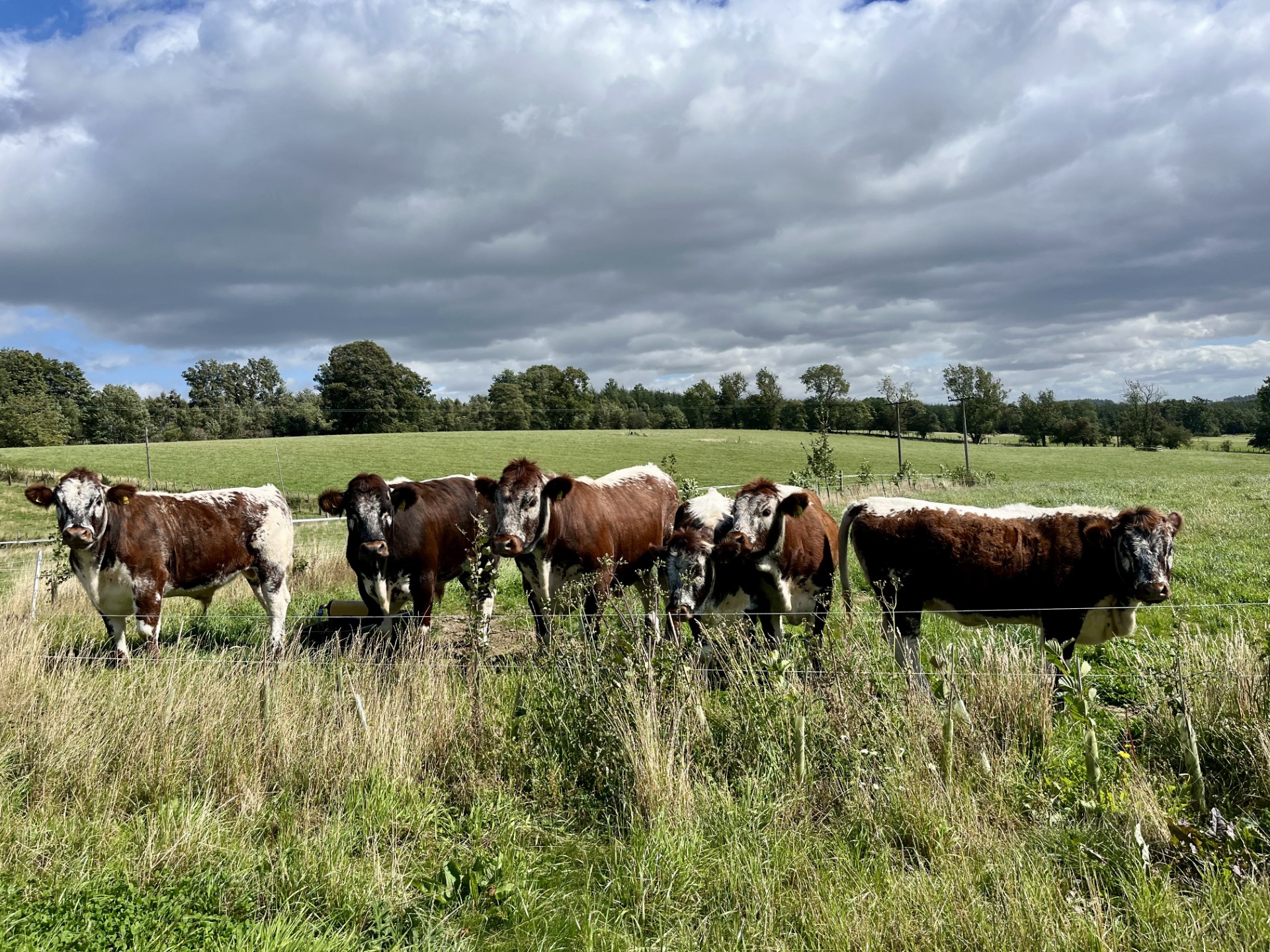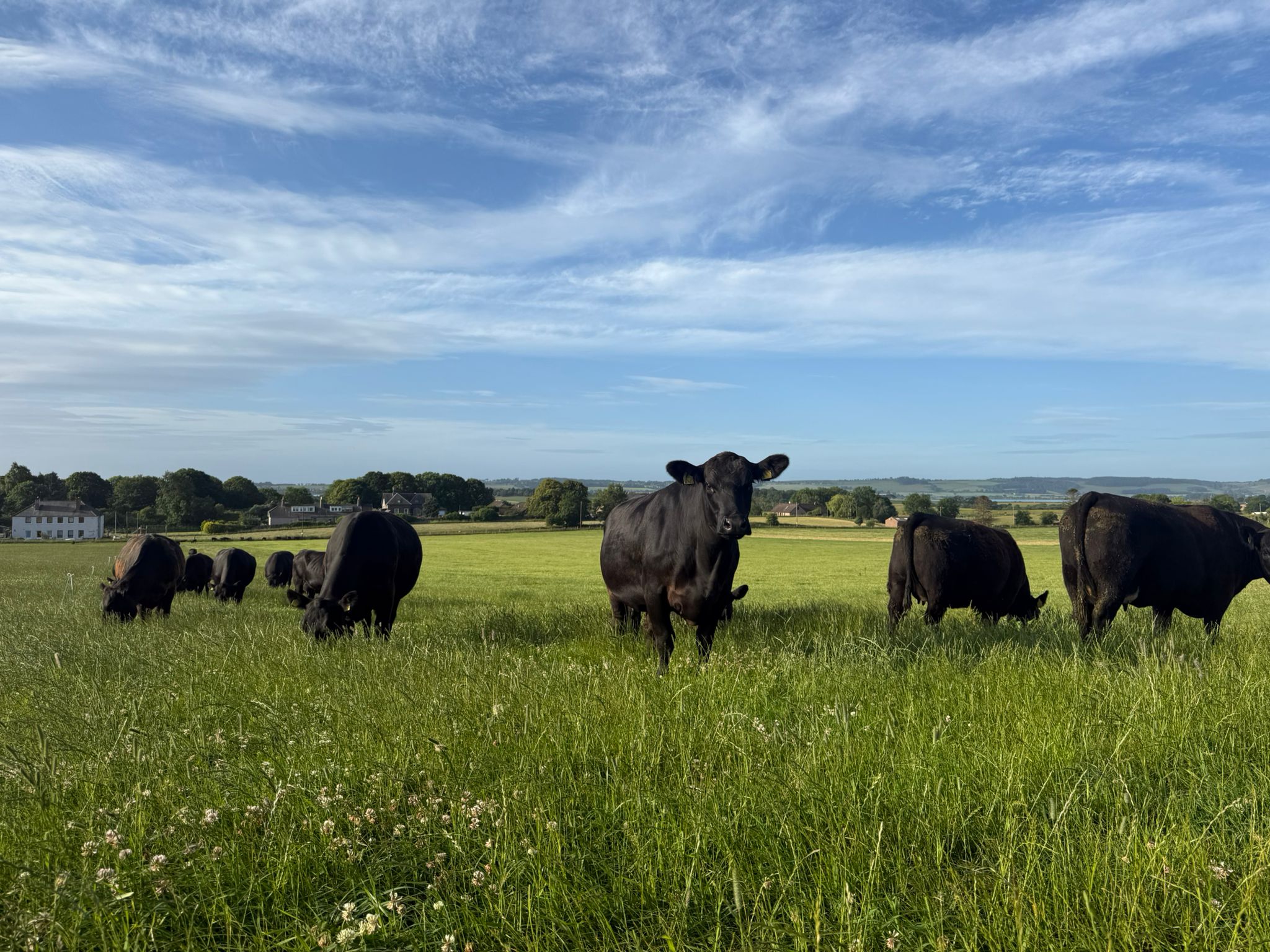Farm Newsletter March 2025
Over the past week or so things have really ramped up in the practice with the emergency spring work, we’ve been busy calving and caesaring with a few of these calls coming into the practice every day now. We’ve also had a large number of prolapsed calf-beds with one or two places reporting more than usual. If you are getting more than your fair share it may be worth checking in on the magnesium levels of the cows with a simple blood test. Low mag in the diet can contribute to a subclinical slow calving syndrome which may lead to more prolapses, as well as more retained cleansings and dopey calves.
On the sheep side of things we’re now less than a month away for lambing for most. Results from scanning coming in over the past month seem to be back a little on the previous year, but as ever there are those that are very pleased and those that are very disappointed! If you fall into the latter category please do let us know and see if we can get to the bottom of the problem, so it doesn’t repeat next year.
For those that missed enzootic abortion vaccine in 2024 due to vaccine shortage we are now able to get Cevac again from next week, and this can be administered to those that missed it following lambing onwards.
As mentioned in the past couple of newsletters we have found some positive schmallenberg bloods in cattle from various areas across the practice. We all get a deformed calf or lamb from time to time, but if you find yourself getting a few, especially with fused and crooked legs and spines, please do report it to us.
Best of luck to all through the calving and lambing season to come and hopefully you’ll not see too much of us other than for planned visits during the daytime!
Metabolic Profiling Ewes
Over the past couple of months we’ve been discussing a lot about about metabolic profiling cattle, but as with lambing now imminent for the majority it’s time to start thinking about metabolic profiling the ewes too.
The vast majority of diseases we see at lambing time are underpinned by nutrition that is not quite right – be it twin lamb disease, watery mouth, joint ill, hypothermia or difficult lambings and by metabolic profiling we can pick these up early and make dietary adjustments if required. Every extra lamb on the ground following this lambing period is vital and with the cost of a metabolic profile at less than £120, the maths of how many lambs we need to save to make it worthwhile are pretty simple!
The metabolic profile looks at energy balance and protein supply as standard, and if required we can look at minerals and trace elements as well. The ideal time to carry it out is give or take three weeks pre-lambing, as this means ewes will be under nutritional stress but we have enough time to make changes if required. We would need 6 ewes from each separately managed group. Please give us a shout to discuss and/or book in.
Novel Navel Treatment
There is a new preventative treatment available for protecting navels in lambs and calves immediately following birth. The majority of people still used strong iodine but this has its issues with being licked off by attentive mothers, skin irritation to the farmer and recently supply and cost issues.
We have stocked Vetrycin Super 7 for a few years with good anecdotal reports and have now taken delivery of a new product called NoBACZ navel treatment. It provides greater drying out of the umbilicus than iodine (with or without spirit), and protection by forming a non-colonizable waterproof barrier – protecting the lamb or calf from the environment. Uniquely, it also contains a bitter agent making it lick-resistant so that cows or ewes won’t interfere and lick it off the navel.
In a study last lambing period of nearly 7000 lambs NoBACZ navel demonstrated superior protection compared with iodine in the study. Evidenced by the 21% reduction in mortality that was observed in the
NoBACZ navel group compared with the iodine group. The study also showed a benefit in dipping over spraying, and a clear benefit in applying product to the ear before tagging.
To discuss navel treatments with us please do give us a call.
Checking colostrum transfer in calves
As we all know, timely, quality colostrum is absolutely vital to calves getting a healthy start in life, seeing off disease and setting up for good growth rates. As a rough rule of thumb calves need 3 litres good quality colostrum in the first two hours of life and a further 3 litres over the next 12 hours.
Good colostral transfer means calves have high levels of an antibody called igG circulating in their blood which fights off infection, but to acheive this a lot of things need to go right. The cow needs to be in good BCS, she needs an appropriate diet high in energy and quality protein, the calf needs to be vigorous and able to suckle quickly.
To check at herd level how good your colostral transfer is we can do a simple blood test for igG in 12 calves less than a week of age. If this identifies that colostral transfer is suboptimal we can then start to probe to see where the weak links are.
Ultimately such investigations should lead to less disease, healthier growthier calves and more cash in the bank when it comes to sale time!
Opportunity – Suckler Cow Fertility Study
We have an exciting opportunity for a small number of herds to be involved in a suckler cow fertility study. By partaking in the study it is hoped that you would be taking part in work that will improve the fertility in yours and other herds and in the process receive a significant amount of vet work paid for and advice from a nutritionist.
In brief we are looking for spring calving herds of at least 80-100 females. The cows would then be split into two roughly equal groups prior to bulling. The first group would have their bulls semen sampled and then cows managed as per normal for the herd. The second group would also have their bulls semen sampled and then could choose from one of two interventions. 1) Up to 20 late calving cows can be synchronsyed to break anoestrus prior to bulling, or, 2) supplementary feeding can be provided from 2 weeks prior to bulling up to 6 weeks into the bulling period.
Following the interventions the herd would be pregnancy scanned.
To partake in the study a certain amount of recording and reporting including calving details, pasture assesments and calving data would need to be reported in the second year following the interventions also.
In return however the herds would receive up to 4 bulls semen sampled FOC, up to 20 cows synchronised FOC, bulling period supplementary feeding FOC and £3/cow to contribute to scanning costs as well as support with body condition scoring and pasture analysis.
For more info and express an interest please contact Ed at the surgery, places are strictly limited to a very small number of herds so please do so ASAP.
Advanced Breeding Meeting
Our venture into advanced cattle breeding continues to go well with another successful round of embryo flushing and embryos now starting to be implanted back into recips. We are hosting a dinner for genuinely interested clients on Wednesday the 26th of March. If you would like to attend please speak to Andrew or Jennifer at the practice.

